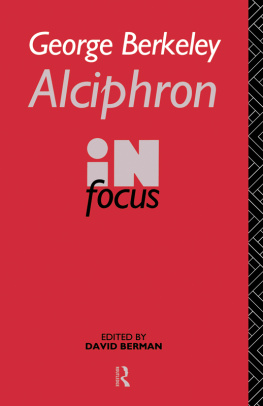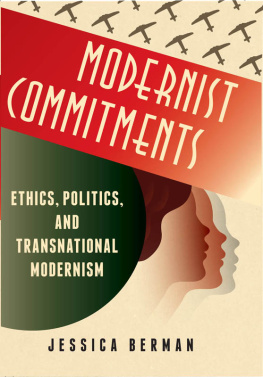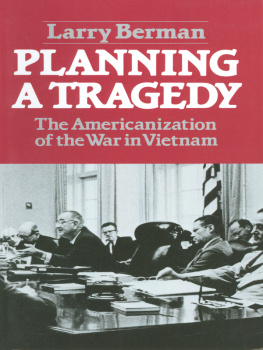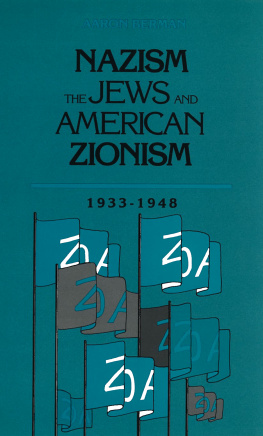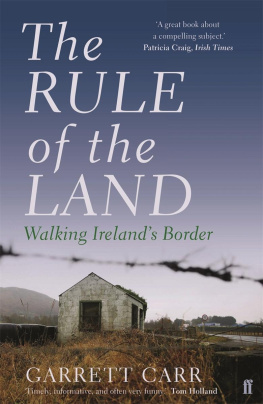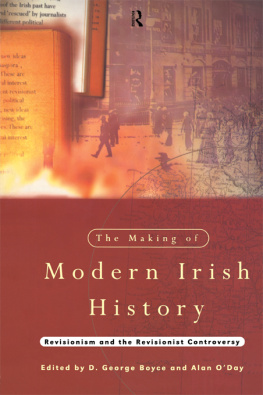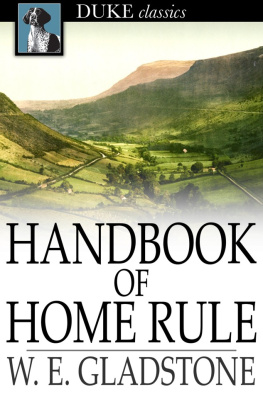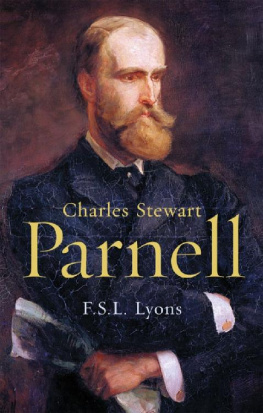GEORGE BERKELEY
ALCIPHRON in focus
The only available separate edition of Berkeleys text, this volume contains the four most important dialogues together with essays and commentaries from the eighteenth to the twentieth centuries.
Alciphron is Berkeleys most sustained work of philosophical theology. In it, he develops one of the last great philosophical defences of religion as well as a shrewd account of the rise and nature of deism and atheism. It contains Berkeleys final views on meaning and language, some of which (as Antony Flew argues in his essay) anticipate those of Wittgenstein. The essays and commentaries reflect the critical response to Alciphron from the time of its publication in 1732 to the present day, placing the work in critical context, and thus assisting readers to evaluate its theoretical and historical importance. In the introduction, David Berman shows that Alciphron has a closer connection with Berkeleys Immaterialist philosophy than is generally thought.
The volume will interest students of philosophy, particularly those concerned with philosophy of religion and language. It will also appeal to readers interested in religious studies and intellectual history.
David Berman is Senior Lecturer in Philosophy and Fellow of Trinity College, Dublin. His publications include A History of Atheism: From Hobbes to Russell (1990) and a number of works on Berkeley. He is editor of the Berkeley Newsletter.
ROUTLEDGE PHILOSOPHERS IN FOCUS SERIES
General Editor: Stanley Tweyman
York University, Toronto
GDELS THEOREM IN FOCUS
Edited by S.G.Shanker
DAVID HUME: DIALOGUES CONCERNING NATURAL RELIGION IN FOCUS
Edited by Stanley Tweyman
J.S.MILL: ON LIBERTY IN FOCUS
Edited by John Gray and G.W.Smith
CIVIL DISOBEDIENCE IN FOCUS
Edited by Hugo Adam Bedau
JOHN LOCKE: A LETTER CONCERNING TOLERATION IN FOCUS
Edited by John Horton and Susan Mendus
WILLIAM JAMES: PRAGMATISM IN FOCUS
Edited by Doris Olin
GEORGE BERKELEY
ALCIPHRON, OR THE
MINUTE
PHILOSOPHER
in focus
Edited by David Berman

First published 1993
by Routledge
11 New Fetter Lane, London EC4P 4EE
This edition published in the Taylor & Francis e-Library, 2003.
Simultaneously published in the USA and Canada
by Routledge
a division of Routledge, Chapman and Hall, Inc.
29 West 35th Street, New York, NY 10001
Collection as a whole 1993 Routledge; introduction 1993 David Berman; articles in copyright respective contributor
All rights reserved. No part of this book may be reprinted or reproduced or utilized in any form or by any electronic, mechanical, or other means, now known or hereafter invented, including photocopying and recording, or in any information storage or retrieval system, without permission in writing from the publishers.
British Library Cataloguing in Publication Data
George Berkeley: Alciphron, or the Minute Philosopher in Focus
I. Berman, David
Library of Congress Cataloging in Publication Data
Berkeley, George, 16851753
Alciphron, or the minute philosopher in focus/George Berkeley
edited by David Berman.
p. cm.
Includes bibliographical references and index.
1. Free thoughtControversial literature. 2. Apologetics18th century. 3. Semantics (Philosophy) I. Berman, David
II. Title. III. Title: Alciphron. IV. Title: Minute philosopher
B1316.B47B47 1993
210dc20 9210796
CIP
ISBN 0-203-41380-6 Master e-book ISBN
ISBN 0-203-72204-3 (Adobe eReader Format)
ISBN 0 415 06372 8 (hbk)
0 415 06373 6 (pbk)
CONTENTS
David Berman
George Berkeley
Peter Browne
Francis Hutcheson
Lord Bolingbroke
J.S.Mill
Leslie Stephen
J.O.Urmson
A.David Kline
David Berman
Antony Flew
Acknowledgements
I am grateful to Mr Vincent Denard for providing translations and references for Berkeleys Greek and Latin quotations, and to Mr Finbar Christobal for help in collating the text.
Antony Flews Was Berkeley a precursor of Wittgenstein? is reprinted from W.B.Todd (ed.), Hume and the Enlightenment: Essays Presented to Ernest Campbell Mossner, Edinburgh, The University Press, 1974. J.O.Urmsons Berkeley on Beauty is reprinted by permission of Oxford University Press, from John Foster and Howard Robinson (eds), Essays on George Berkeley, Oxford, Clarendon Press, 1985. A.David Klines Berkeleys Divine Language argument is reprinted by permission of Kluwer Academic Publishers, from E.Sosa (ed.), Essays on the Philosophy of George Berkeley, 1987 by D.Reidel Publishing Company, Dordrecht, Holland.D.Bermans Cognitive theology and emotive mysteries in Berkeleys Alciphron is abridged and reprinted from Proceedings of the Royal Irish Academy, vol. 81, C, no. 7, 1981.
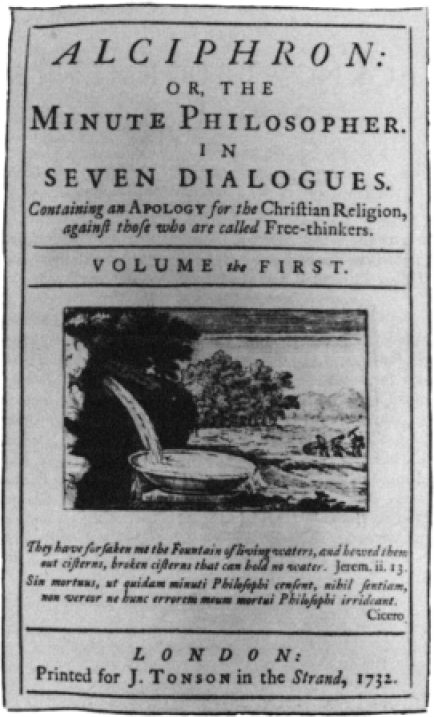
Figure 1 Title-page of the first edition of Alciphron, volume I. The second epigraph is from Ciceros De Senectute 85: But if when dead I will be without sensation, as some minute philosophers think, then I have no fear that these seers, when they are dead, will have the laugh on me.

Figure 2 Title-page of the first edition of Alciphron, volume II. The second epigraph is from Platos Cratylus 428D: The worst of all deceptions is self deception.
Introduction
David Berman
Background and Publication
Alciphron: or, the Minute Philosopher is George Berkeleys most substantial work in philosophical theology. It was written either largely or entirely in 172931, during his stay in Rhode Island, where he was awaiting funds from the English Parliament for his projected college in Bermuda. The college was to educate and train missionaries, becoming, as he expressed it in his Proposal (1724), a Fountainof Learning and Religion that would purify the ill-manners and irreligion of the American colonies.
Alciphron was originally issued anonymously in two volumes octavo. Its full title reads: Alciphron: or the Minute Philosopher. In Seven Dialogues. Containing An Apology for the Christian Religion, against those who are called Free-thinkers (London, J.Tonson). The first volume contains an Advertisement,
Reception
The response to Alciphron was immediate and lively, although much of it was highly critical and some abusive. Berkeley seems to have taken seriously only two of his critics. The first was an anonymous letter writer in the Daily Postboy of September 1732, to whom Berkeley replied in a pamphlet entitled The Theory of Vision, or Visual Language, shewing the Immediate Presence and Providence of a Deity, Vindicated and Explained, published in January 1733. The pamphlet, although mainly concerned to vindicate the Essay of Vision and the theological proof in Dialogue IV which is based on it, also vindicates and deepens the historical analysis of freethinking in Alciphron. The second and more notable critic was Peter Browne, then Bishop of Cork and formerly Provost of Trinity College, Dublin, when Berkeley was a student and Fellow. It is generally agreed that Browne was one of Berkeleys targets in Dialogue IV.1622, alluded to in section 17 as one of the most profound and speculative divines.
Next page
